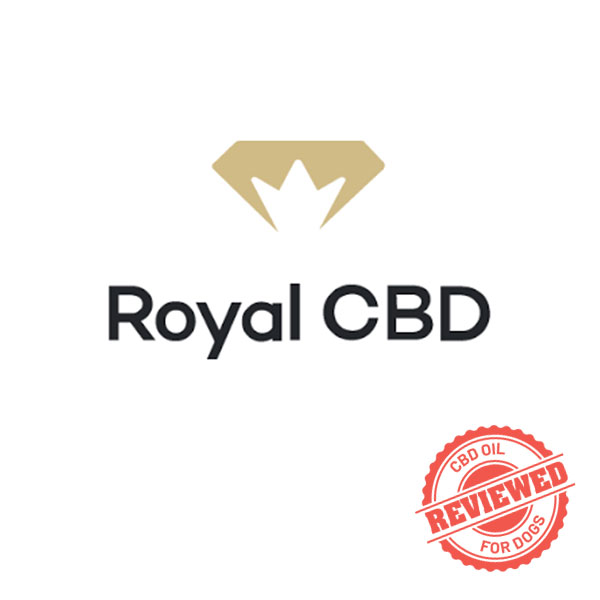
Unlike most human-grade medications, veterinarians often give the green light to Benadryl for treating canine anxiety.
Benadryl is not approved for use in dogs by the FDA, but a majority of vets attest to the safety and effectiveness of Benadryl’s active ingredient for dealing with various symptoms.
These include pain, allergic reactions, nausea, and most importantly, anxiety.
Here is the what, how, when, and why of Benadryl for dogs
What is Benadryl?
The active ingredient in Benadryl is diphenhydramine, which is an antihistamine. While there are many methods to calm an anxious dog, antihistamines work to reduce or block chemicals triggered by stress events, like phobias, infections, or contact with allergens.
In dogs and humans, antihistamines such as diphenhydramine have a similar effect. They’re effective at reducing symptoms of allergies and inflammation, and can also improve mental wellbeing via the same method.
So whether that means reducing symptoms of nausea, unease, or anxiety, antihistamines are often useful for improving a dog’s daily wellbeing. This is why diphenhydramine and other antihistamines are so often found in branded medications—from anti-sickness pills to sleep aids!
When should owners use Benadryl for dogs?
There are many reasons why dogs develop anxiety, and anxiousness is one of the main reasons to give a dog Benadryl.
It’s always important to seek a prescription (or at least confirmation) from a veterinarian before giving medication to your dog. But assuming you’ve got the OK from a vet, owners normally use Benadryl in three situations:
- To reduce their dog’s seasonal or food allergies
- To help their dog cope with long car rides and travel
- To treat general (non-specific) or low-level anxiety in dogs
Using Benadryl for dog anxiety is a general treatment and a good first port of call, as diphenhydramine will tackle several possible root causes of stress. This means that, whether your dog is anxious due to irritation, phobia, or inflammation, Benadryl should help.
It should be pointed out that Benadryl is a therapeutic treatment for anxiety, not a cure. So in the long term, it’s best to use Benadryl as one part of a wider program to ease your pet’s nervousness.
How much Benadryl should I give my dog?
As a general guide, you should be giving your dog one mg of Benadryl for every pound of their body weight.
This dosage can be given up to three times per day, spaced maximally apart (e.g. Every eight hours for three times per day, or every twelve hours for twice per day).
The smaller your dog, the more important it is for owners to be exact in their measurements. But dogs of all sizes need to have their medication prepared as accurately as possible. As a quick guide, here’s a dosage chart from Veterinary Place’s article on Benadryl For Dogs: Dosage, Side Effects and More.

Source: Veterinary Place
When trying out Benadryl with your dog for the first time, make sure to keep dosage regular, and expect to keep supplying your pup with medication for around a week or so before seeing any results.
Like many medications, antihistamines function best when given a chance to build a baseload, so while some dogs do respond immediately to Benadryl, don’t worry if the effects aren’t instant.
Are there any risks of side effects of Benadryl use in dogs?
Like all medications, antihistamines are not 100% safe, and it is possible for dogs to overdose. Extra care should be taken with dogs who have a history of seizures, who are pregnant, or who have an underlying health condition.
Bear in mind anything you might consider for yourself when taking a medication for the first time.
Benadryl has been a mainstay in the treatment of dog anxiety for many years—so, as long as used as prescribed—owners can feel relatively confident that their pup is safe and sound.
Side effects with Benadryl tend to be minimal, with the most common effect being drowsiness (which is a part of Benadryl’s calming power).
That said, be sure to read the ingredients label of any medication carefully, before giving it to your dog. Some antihistamine formulas contain non-active ingredients that can be toxic to your pet.
For example, liquid medicines often add flavor enhancers such as xylitol, which can be poisonous to some dogs. If you’re going to opt for a liquid antihistamine, Benadryl’s children’s formula is likely the safest (though it still pays to check your specific bottle).
Why would I consider using Benadryl on my dog over other alternatives?

If you’re hesitant about treating your dog’s anxiety with a medication designed for humans, Benadryl is undoubtedly the most widely accepted and tried-and-tested option. It’s very likely that your vet has prescribed it at some point to reduce anxiety in pets for traveling, storms, phobia, etc.
But Benadryl isn’t the only option when it comes to anti-anxiety treatments for your dog. CBD oil for dogs can provide a powerful calming, anti-inflammatory effect with an extremely low risk of side effects or toxicity. CBD can be especially useful for calming larger dogs, who are likely to require multiple doses of Benadryl, several times per day.
If you’re looking into CBD as a treatment for canine anxiousness, you’ve come to the right place. We’ve compiled a complete list of CBD oils for dogs with anxiety, based on our in-depth knowledge of CBD and the specific needs of anxious pups.



